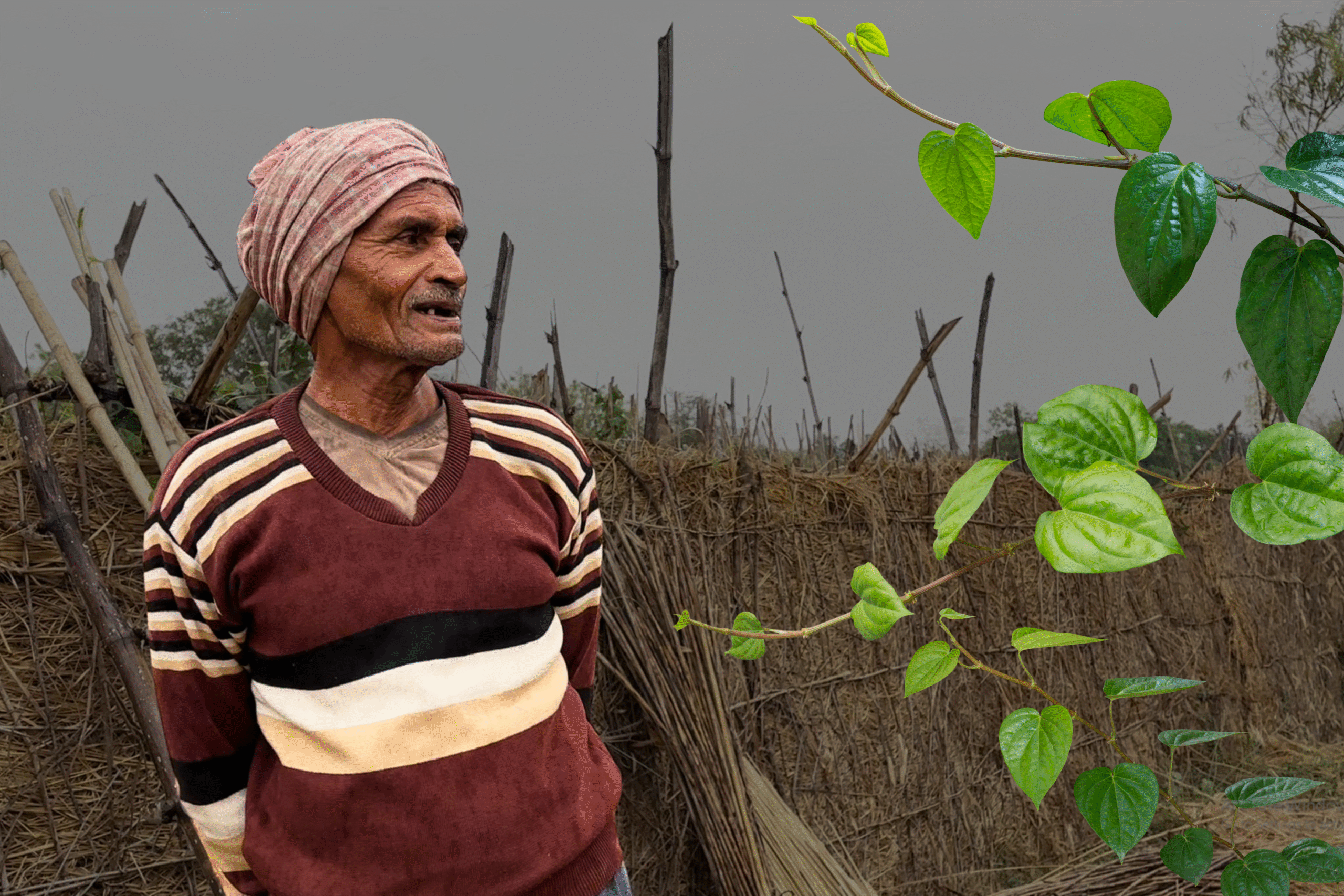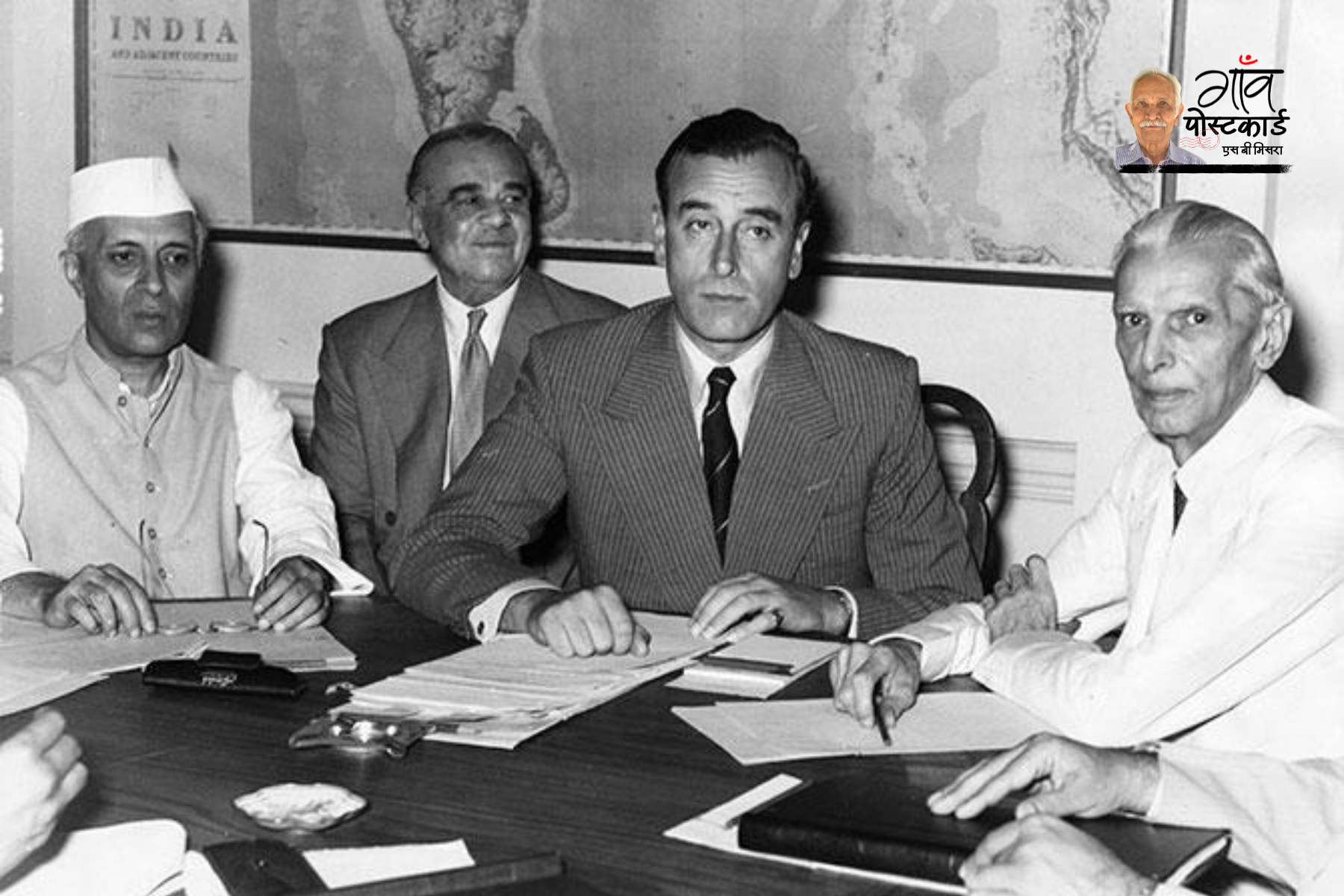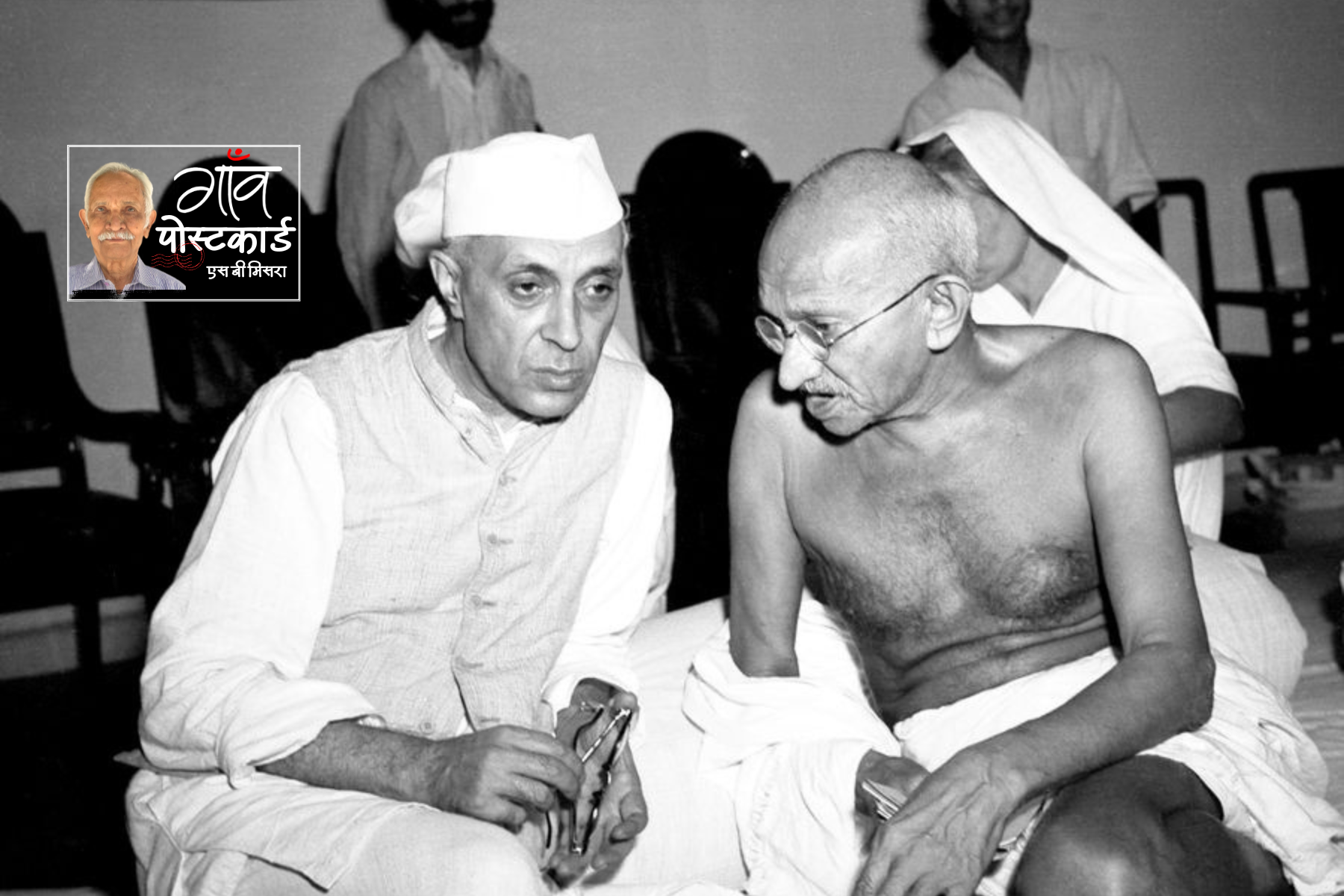Vizianagaram, Andhra Pradesh
Bobbili Janaki from Veerabhadrapuram village in Vizianagaram district of Andhra Pradesh cultivates finger millet and foxtail millets on an acre of land. In another five cents of land (0.05 acre) she grows vegetables and some fodder. “I earn up to Rs 10,500 in a season. And, as I do not use chemical fertilisers, I save up to Rs 5,000,” said the 29-year-old farmer.
Bobbili Janaki is part of a movement in the district to revive millet cultivation to help farmers achieve, among other things, food security, fodder security, better health and nutrition, increased biodiversity, and soil fertility.
The movement gathered momentum through the collective effort of farmers, various government agencies and banks. However, the most important outcome of the movement was the formation of a women’s Farmers Producer Organisation (FPO), in 2016. As many as 300 women from over 35 villages formed the FPO, and it plays an important role as an aggregator of millets, and primary processor and markets the products under the Brand name “AROGYA Millets”.
From grain and seed banks to AROGYA Millets
The groundwork to set up the Arogya Millets Producer Company Limited (an FPO) was initiated in 2014-15, when a baseline data of 500 farmers was collected, along with details of their landholdings, the crops grown and their income.
The same year, the National Bank for Agriculture and Rural Development (NABARD) supported setting up 35 five millet farmer clubs, in as many villages. Community grain banks and seed banks were set up there and this enabled millet cultivation to gather momentum.
NABARD sanctioned Rs 2,000 annually to each of the farmer clubs for three years to help them organise biodiversity festivals at the village level, where farmers and government officials could meet and share knowledge of cultivation and ways of promoting the consumption of millets, attend training programmes, etc. There were exhibitions, cooking contests, recipe exchanges, art and music to inspire the villagers and promote the consumption of millets in their regular diet.
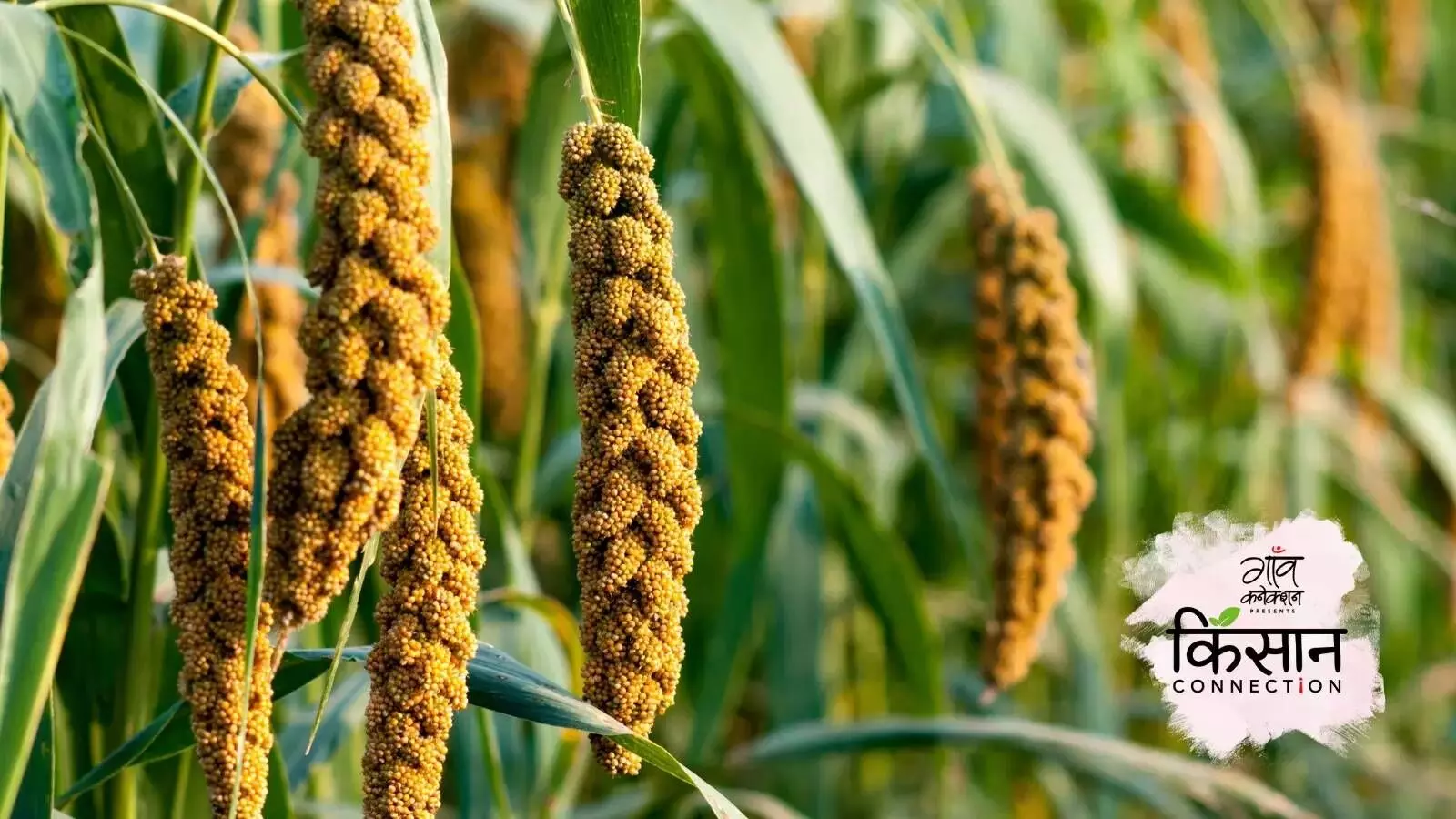
As the millet cultivation increased, awareness meets were organised to encourage households to consume more millets in order to ensure adequate nutrition.
Thirty-year-old farmer, Vanumu Kanaka Maha Lakshmi from Chinnapalem Village said she has been cultivating millets on one acre of her three-acre land, since 2016.
“Our grandparents grew and consumed millets, but the next generation took to paddy. But, I re-learnt about the goodness of millets and how they were suitable for rainfed areas, and began to cultivate them again,” she said.
The millets mission has also got support from Sabala, a local community-based organisation, which works for the empowerment of deprived women. The non-profit was working in Kothavalasa, L.Kota, and Vepada mandals of Vizianagaram district at that time.
Before the advent of the FPO, many farmers had migrated away from the villages to look for better means of livelihood, said Medapureddi Ramulamma, director, Arogya (FPO) from Cheedivalasa village. Those who stayed back switched from traditional food crops to growing casuarina and eucalyptus trees, she said.
“Real estate was booming and many agricultural lands were being converted into housing layouts. Added to that was shortage of rainfall and families were just giving up agriculture and looking for sundry jobs in towns and cities,” Kommojula Saraswathi, executive secretary of Sabala said. “People in the rural areas were dependent on markets for even leafy vegetables that were once grown in abundance,” she added.
But things changed for good.
“The volunteers of Sabala organisation convinced us that these trees were not good for the environment and asked us to cultivate millets. They took us to Pastapur village in Medak district for a field visit where the farmers were cultivating millets. Sabala also provided us with the seeds,” 61-year-old Ramulamma said.
Millets cultivation takes off
After several discussions with the farmers, Sabala initiated the cultivation of millets. Sabala’s mission is to promote local production, local consumption and local procurement of millets to improve livelihoods of farmers.
Deccan Development Society, a non profit based in Hyderabad, that promotes millet cultivation, distributed millet seeds to farmers in the area and provided loans of Rs 5,200 per acre. Initially, 250 farmers from five villages in Vizianagaram came forward to grow millets in a total of 200 acres of land.
Singampalli Vijaya Lakshmi, a 40-year-old farmer from Uttarapalli village, once grew only groundnut on her one and a half acres of land. But, associating with Arogya has changed all that.
“Now I grow as many as eighteen varieties of crops in our land. There are five kinds of vegetables, five different millets, five varieties of pulses, mustard, coriander and other spices. What I grow supports our daily needs, and provides fodder for our cattle,” Lakshmi said. While she did not give the exact monetary benefits of switching to millets, she said her input cost on farming had definitely gone down, and that the family was eating better.
According to her, many of the farmers she knows not just cultivate millets to sell, but they also regularly include it in their diets. “In a year, from two acres of land, a farmer can get about fifteen thousand rupees by selling millets, five thousand rupees from vegetables and five thousand rupees from flowers that are grown on bunds,” she explained. Earlier, the income was inconsistent and insufficient, she added.
Training and financial support
When the revival began, there was no marketing infrastructure nor processing facilities for the millets. Sabala purchased the finger millet and pearl millet the farmers had grown, at Rs 5 per kilogram, in order to distribute some of the grains to poor families that were in need of help, and stored the rest in seed banks and grain banks, Saraswathi explained.
With the support of the Millet Network of India (MINI) formed by the non-profit Deccan Development Society, training programmes were organised for the farmers. They were made aware of how to add value to the millets and given technical support for organic solutions for fertilisers and pesticides. Through MINI, financial support was given to encourage more farmers to grow millet cultivation.
NABARD also supported the project in a big way through the formation of the Joint Liability Groups (JLG). According to P Harish, assistant general manager, NABARD, Vizianagaram, “Our initiatives are aimed at building an empowered and financially inclusive rural India through specific goal oriented departments.”
He said that the Joint Liability Groups (JLG) formed by the farmers had helped them become more productive. Explaining what JLG was, the NABARD official said, “Five farmers from each village form one JLG and together they get Rs 50,000 as a loan. This money is disbursed as loans of Rs 10,000 to each farmer in the group who can repay it in twenty instalments. There are 250 JLGs formed under Arogya that have received loans from three different banks.”
Under the JLG, credit linkage facility was arranged with three banks – the State Bank of India, The District Cooperative Bank Limited, and Andhra Pradesh Grameena Vikas Bank. “This helps farmers procure seeds and other inputs from the market instead of depending on traders and money lenders,” Harish pointed out. NABARD also supports the JLGs by sanctioning agricultural loans, he said, and added that NABARD supports 26 FPOs in Vizianagaram district and about 20 FPOs of them are involved in millet cultivation.
Marketing millets
As the millet cultivation increased, awareness meets were organised to encourage households to consume more millets in order to ensure adequate nutrition. Then, there was the need to market the surplus grain.
Usha Rani Ganthakuri, chairperson of Arogya FPO, said, “In 2016, Arogya FPO procured about five tonnes of foxtail millet and ten tonnes of finger millet. The following year, with the support of NABARD, links with self help groups were established for value addition of millets,” Ganthakuri said.
This led to the making of finger millet biscuits and finger millet flour (made with 30 tonnes of finger millets procured from the farmers) that were supplied to tribal welfare hostel students to address malnutrition.
Before the FPO was formed, millet farmers had limited opportunities to market their produce. Traders and middlemen would come to villages and decide what price to pay the farmers, which was usually very low, and they purchased a very limited quantity of grain. “Now, a procurement committee discusses the price and quantity of grains with farmers and mutually they decide and procure all the grain. The FPO is ready to procure all the millets produced,” Saraswathi said.
According to NABKISAN Finance Limited, a subsidiary of NABARD, the FPO has a share capital of Rs 959,000 and in 2019-2020, the revenue of the FPO was Rs 5.77 million. In 2020-2021 it reached Rs 5.5 million. NABKISAN has in addition, sanctioned Rs 7 million for strengthening the activities of the FPO.
Rural Mart outlet
The Arogya FPO has established an outlet for millet-marketing at Kothavalasa near Visakhapatnam. Upto 20 varieties of millet value-added products are now made available to the customers at this store. Millet Research Station in Vizianagaram, which is part of The All India Coordinated Research Project on Small Millets under Acharya NG Ranga Agriculture University, Andhra Pradesh certifies the nutritional values for the FPO’s millet products.
The District Co operative Central Bank, State Bank of India, and Andhra Pradesh Grameen Vikasa Bank are lending money to millet entrepreneur groups for starting their units. The Girijan Cooperative Corporation, came forward to order millet biscuits and millet powder to supply their tribal welfare hostel students.
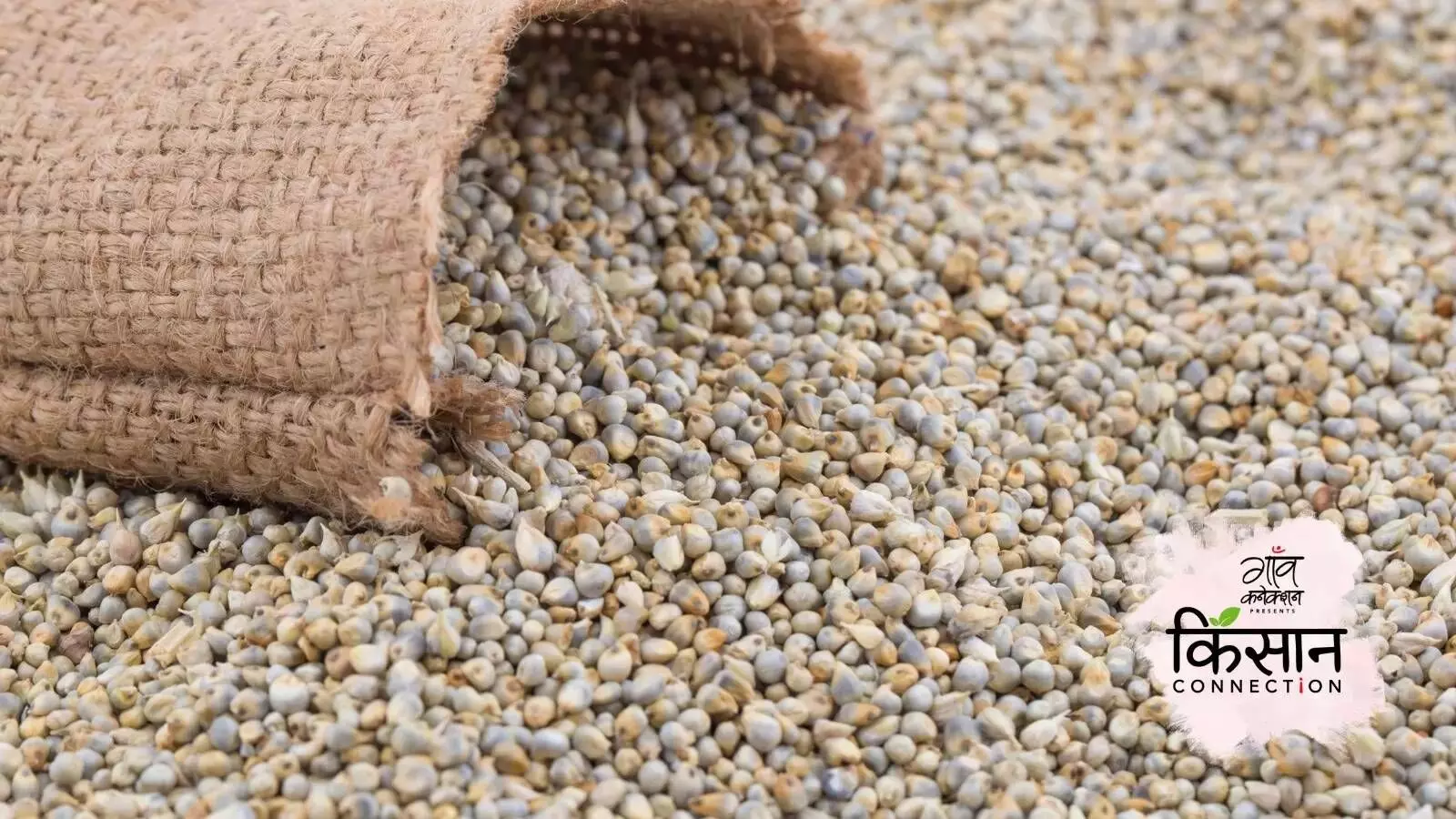
“The Andhra Pradesh Food Processing Society agreed to establish a millet processing unit with a project cost of Rs 4.06 crores at Rega village with the help of Arogya FPO. The project aims at strengthening the infrastructure for processing millets in the district and developing the millets value chain,” Saraswathi explained.
The unit that is under construction should begin production in a few months. It will be operated by the Arogya Millets Processing Society and will provide employment opportunities to 240 people. “This initiative hopes to encourage more small and marginal farmers to take to millet cultivation for sustainable livelihood and earning enhanced incomes,” she added.
Health benefits
Last but not the least, the millets project in Vizianagaram has also led to health benefits as these farmers have started consuming millets on a daily basis. Vanumu Kanaka Maha Lakshmi, a millet farmer, said that she and her family have begun to include more millets in their diet and have never felt healthier.
“Most women of my age, who do not eat millets, suffer health issues. Even during the pandemic time, we kept well. That’s so much better than making more money,” she smiled.
Meanwhile, the Andhra Pradesh government is also implementing the Comprehensive Revival of Millets Programme. This will lead to increased production and consumption of millets. So this concept can be replicated in water-scarce drylands of the state so as to create employment for the rural people.




